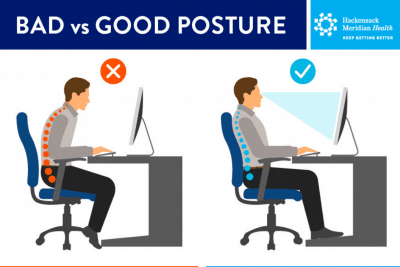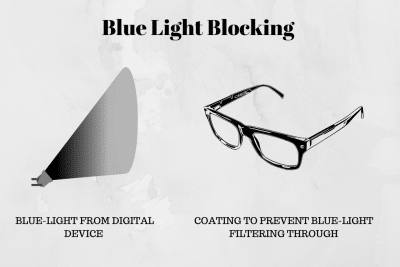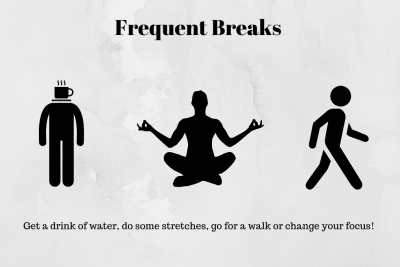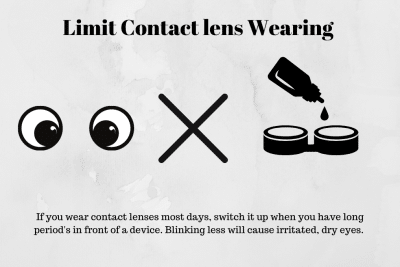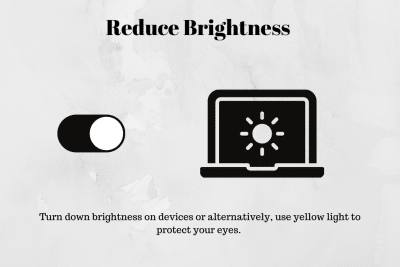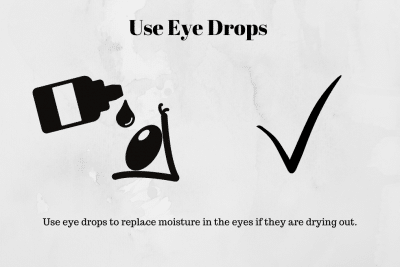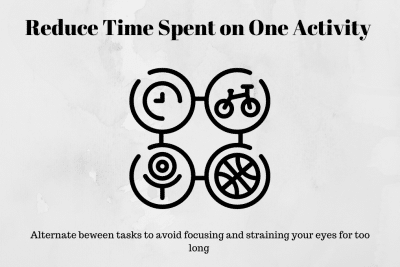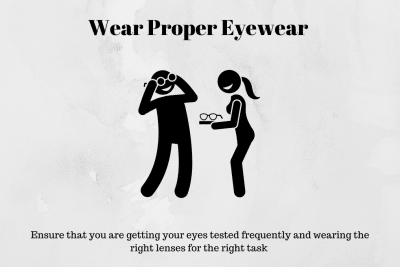
In this blog post, we’re going to list the 8 tips to beat computer fatigue and digital eye strain. So you can have a hassle free work life.
As our lives continue to transform into a digital world, many more Australian’s have the flexibility to work from home. There are many advantages to this as it allows for more home/work life balance. However, working on a computer all day can cause significant digital eye strain and other issues.
Nearly 70 percent of adults will experience some form of digital eye strain due to prolonged use of electronic devices including laptops, iPads, television, smartphones or gaming consoles.
Computer-related eye fatigue describes vision related problems caused by staring at digital devices for long period’s of time. Images on a computer screen are formed by tiny dots called pixels. Our eyes work very hard to keep the pixelated images in focus. (Even if you don’t think you are, that what your eyes are doing!) Studies show that you blink half the amount of time whilst working on a computer, than you do in usual day to day activities.
WHAT ARE THE SYMPTOMS?
If you are experiencing the following, you have symptoms of computer fatigue:
- Tiredness (yawning, feeling sleepy)
- Back/neck problems (feeling sore or tight)
- Headaches (pulsing or pressure)
- Dry, itchy, red, blurred, painful eyes
8 TIPS FOR COMPUTER FATIGUE RELIEF
-
EYE EXERCISES
Eye exercises can help keep your eyes functioning properly. If you try to look at objects that are at different distances and follow the 20-20-20 rule (every 20 minutes, look at an object 20 feet-6 metres- away, for 20 seconds), this will give your eyes a much-needed break. If you follow it by a blinking session or closing your eyes for a short period of time, that can also make a difference.
-
BLUE LIGHT BLOCKING
The blue light blocking feature added to lenses aims to simply ‘block’ the blue light being emitted from our screens. As screen time has increased by 76% during the COVID-19 pandemic. It is really important to protect our eyes in the best way that we can. In a study conducted by the University of Houston, they found that the participants wearing blue light blocking glasses showed about a 58% increase in night time melatonin levels. Also assisting with a better night’s sleep.
-
FREQUENT BREAKS
Every half an hour, make sure to stretch and take a break from staring at your screen. Even if you take shorter breaks it will certainly improve your circulation and eyes productivity. Schedule breaks at certain times of the day which will be useful for you. Even if you don’t have sore eyes at the interval, still take a break because it will benefit you and relax your eye muscles.
-
LIMIT CONTACT LENS WEARING
If you wear contact lenses, these are known to dry out eyes and it is especially evident when working in front of a screen. (Since you are blinking less). Switch it up by wearing glasses every now and then to give your eyes a break.
-
REDUCE BRIGHTNESS
Especially if you have lighter pigment in your eyes or have dry eyes, bright lights will irritate you. Therefore, make sure to put a yellow light filter on your computer or reduce brightness to avoid further irritation and discomfort.
-
USE EYE DROPS
If you experience dry, itchy, sore eyes and it is worse with computer strain, using eye drops in the morning and before you go to bed will assist with soothing your eyes. There is a range available on our website for purchase or ask our Optometrist what he would recommend depending on your individual dry eye symptoms.
-
REDUCE TIME SPENT ON ONE ACTIVITY
Spending too much time ‘focusing’ on one activity or looking at the screen, can strain your eyes and cause issues for you. If you give yourself time limits on each task, this can be a more efficient way of getting tasks done and reducing tiredness and over-focusing.
-
WEAR PROPER EYEWEAR
This step sounds simple enough, but you would be surprised at how many people are not wearing the right prescription glasses for their eyes sight. This could be because they haven’t gone to the right optometrist, don’t visit an optometrist often enough or may not have the right type of glasses to suit their needs (e.g. multifocal, office lens etc.)
Another option is the I-Relax lens, which assists with ‘accommodation insufficiency’. If you are struggling to focus on objects this may be due to eye strain. An example of this is the zoom function on a camera lens, as this is similar to what we do with our eyes. The inability to do that is where accommodation insufficiency comes in. These lenses can offer the support for your eyes if they are having trouble focusing.
Let us know if these tips work for you! If you have any further questions, please call us on 8224 0819 or book an eye test today.

